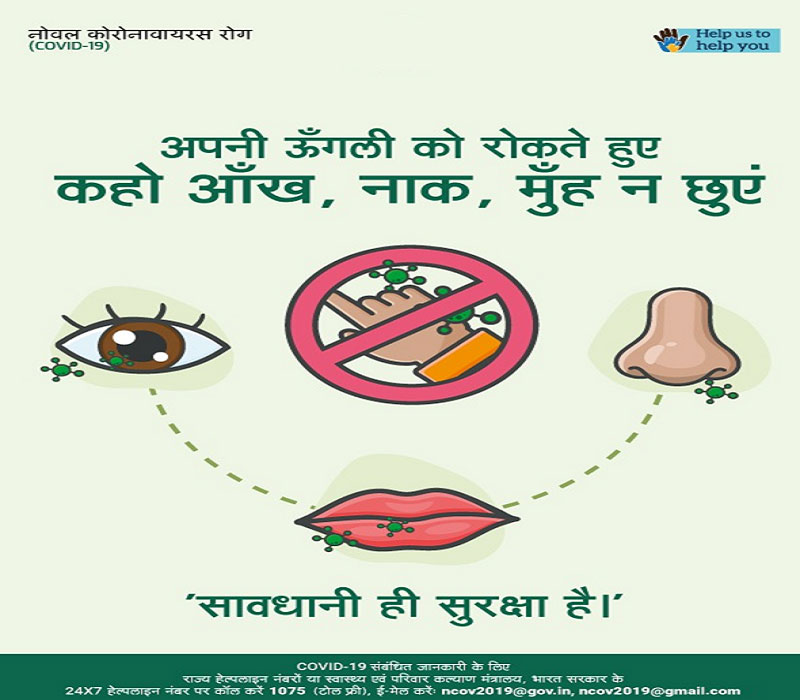RURBAN CLUSTER
A 'Rurban cluster', would be a cluster of geographically contiguous villages with a population of about 25000 to 50000 in plain and coastal areas and with a population of 5000 to 15000 in desert, hilly or tribal areas. As far as practicable, clusters of villages would follow administrative convergence units of Gram Panchayats and shall be within a single block/tehsil for administrative convenience.
Selection Procedure
There will be two categories of clusters under SPMRM: Non-Tribal and Tribal The process of selection will vary for each of these categories. While selecting the Rurban cluster the State may identify a large village/gram panchayat that are growth centers with resources available in the area that could potentially lead the economic transformation of the region. These growth centers could also be block headquarter villages or census towns. The clusters could then be formed by identifying geographically contiguous villages/gram panchayats within a radius of 5–10 km (or radius appropriate to the population density and geography of the region) around the identified growth center.
Non Tribal
For selection of Non- Tribal clusters, the Ministry would provide a list of leading sub districts to each State, within which the clusters could be identified. The selection of these sub districts by the Ministry would be based on parameters such as
- Decadal Growth in Rural Population.
- Decadal Growth in Non-Farm work force participation.
- Presence of Economic Clusters.
- Presence of places of Tourism and Pilgrimage significance.
- Proximity to Transport Corridors.
Appropriate weightages have been given for each parameter. Thereafter, within these sub districts, so identified by the Ministry, the State Governments could select the clusters and while doing so, could include the following performance parameters:
- Decadal Growth in Rural Population.
- Rise in Land Values.
- Decadal Growth in Non-Farm work force participation.
- Percentage Enrollment of girls in secondary schools.
- Percentage Households with Bank accounts under Pradhan Mantri Jan Dhan Yojana.
- Performance in Swachh Bharat Mission (Grameen).
- Good Governance Initiatives by Gram Panchayats.
Any other factor which the States may consider relevant may also be included. However, a total weightage of 80% would be given for the first 4 parameters and the States will have the flexibility to choose the last three parameters, subject to a total weightage of 20%.
Tribal
For identification of the tribal clusters, the Ministry would select the leading sub districts falling within the top 100 tribal districts of the country, based on the Scheduled Tribes population. The selection of these sub districts would be based on parameters such as
- Decadal growth in Tribal Population.
- Current Tribal Literacy Rate.
- Decadal Growth in Non-Farm work force participation.
- Decadal growth in Rural Population and
- Presence of Economic Clusters.
Appropriate weightages have been given for each of these parameters while selecting the sub districts.
Thereafter, within these sub districts so identified by the Ministry, the State Governments would select the clusters and while doing so, could include the following performance parameters:
- Decadal growth in Tribal Population.
- Growth in Tribal Literacy rates.
- Decadal Growth in Non-Farm work force participation.
Any other factor which the States may consider relevant may be included in addition to the above three parameters, provided the weightage for the above three parameters is not reduced below 80%.
